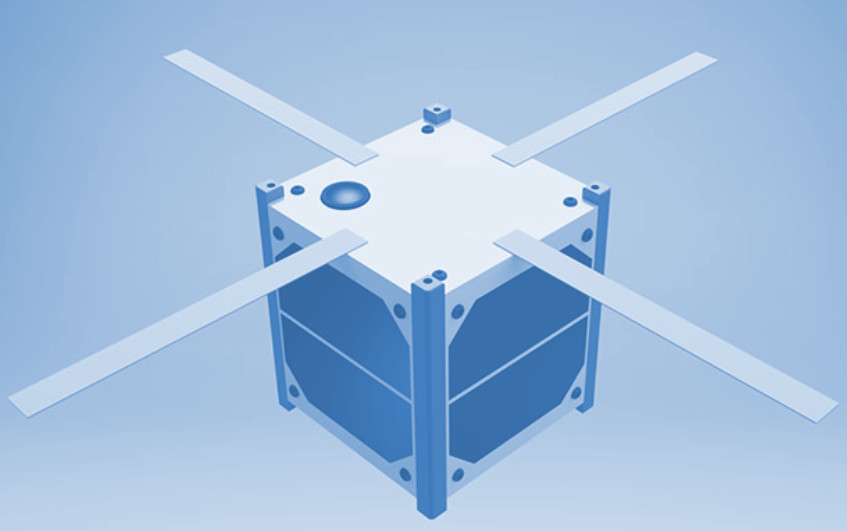Curtin cubesat prepped
 Another miniature Australian satellite will soon be in orbit.
Another miniature Australian satellite will soon be in orbit.
Researchers from Curtin University’s Space Science and Technology Centre (SSTC) have built their own pocket-sized satellite, which they will launch on a re-supply rocket to the International Space Station.
Known as a cubesat, the technology is being tested on the ground before its scheduled launch next year, with the European Space Agency (ESA) partnering with Curtin to provide mission control capability for the project.
The project is part of a larger program dubbed ‘Binar’ after the Noongar word for ‘fireball’.
The plan is to advance both WA industry and research, helping to build the State’s space engineering capabilities, and eventually fly a WA mission to the Moon.
Professor Phil Bland has congratulated his team of 12 staff and student engineers for developing the miniaturised satellite.
“The Curtin team has managed to put all the systems required to operate the satellite, including the power, computer, steering and communications, on a single eight-layer printed circuit board, which at 10cm by 10cm by 2.5cm is about the size of a rather small sandwich,” Professor Bland said.
“Having everything on a single circuit board means there is more room for what the satellite is carrying, which in this case will be a camera that will capture beautiful images of Australia taken from orbit.”
More information about Curtin’s missions, research, and personnel is available here.







 Print
Print